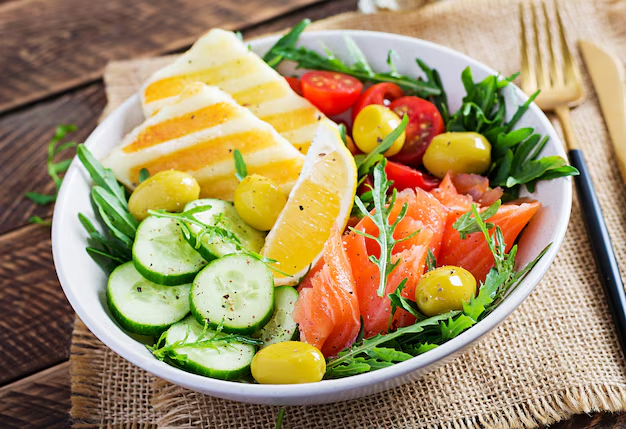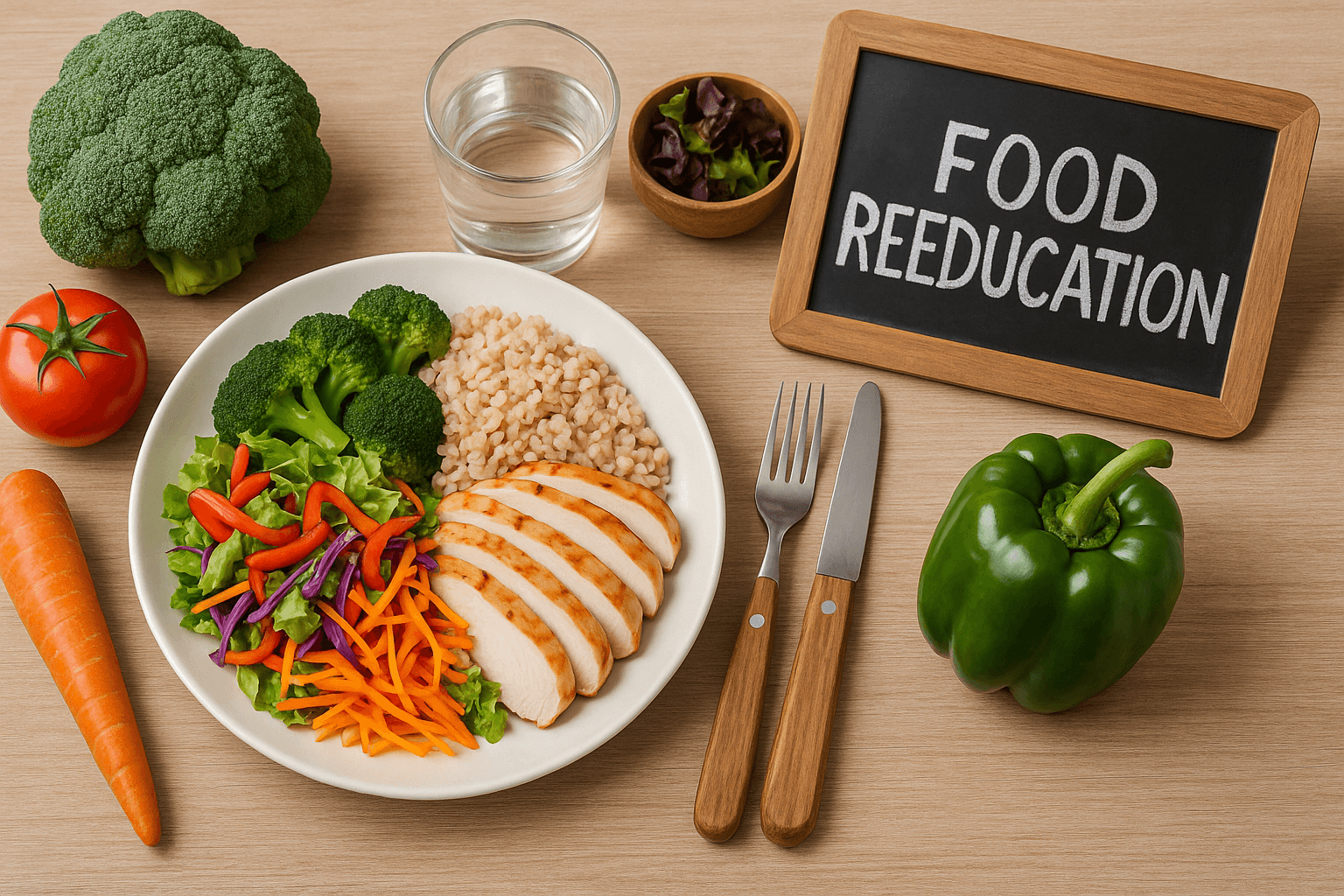You don’t need an expensive gym membership, exotic superfoods, or drastic diets to start losing weight. In fact, some of the most effective changes are the simplest — adjustments to your everyday routine that, when done consistently, can lead to real and lasting results. In this article, you’ll discover practical, easy-to-implement tips that can help you lose weight without turning your life upside down.
Start by Creating a Routine That Works for You
Many people try to follow rigid meal plans or intense workout schedules that don’t fit into their lifestyle — and that’s why they give up. The key to lasting change is consistency, not perfection.
Begin with your current habits. Ask yourself:
- What time do I usually eat?
- When am I most likely to snack unnecessarily?
- Can I fit 10 minutes of movement into my morning or evening?
The idea is to create a routine that feels natural, not forced. You don’t have to change everything at once — just improve one thing at a time.
Replace, Don’t Restrict
- Swap soda for sparkling water with lemon
- Choose dark chocolate over milk chocolate
- Opt for air-popped popcorn instead of chips
- Try Greek yogurt with fruit instead of sugary desserts
Deprivation can backfire. Instead of banning your favorite foods, try healthier replacements that satisfy the same cravings.
You’ll feel more in control and less likely to binge later.
Make Water Your Best Friend
Simple tips to stay hydrated:
- Drink a glass of water before each meal
- Carry a reusable water bottle
- Flavor your water with fruits like orange, cucumber, or berries
One of the easiest ways to support weight loss is simply drinking more water. Not only does it hydrate your body and aid digestion, but it also helps curb hunger — especially when you’re actually thirsty, not hungry.
Aiming for at least 2 liters per day is a good starting point.
More Learn : Lose Weight
Focus on Adding, Not Just Subtracting
Instead of obsessing over what to cut, focus on what to add to your meals:
- More fiber (vegetables, fruits, whole grains)
- More protein (chicken, legumes, tofu, eggs)
- More volume (salads, soups, veggies that fill the plate)
These foods help you feel fuller with fewer calories, making it easier to stick to your goals without feeling hungry.
Eat Mindfully
Practice mindful eating by:
- Turning off the TV and putting down your phone
- Eating slowly and chewing thoroughly
- Noticing the taste, texture, and smell of your food
Mindful eating means being present while you eat — no distractions, no rushing. It helps you recognize hunger and fullness cues more clearly, so you avoid overeating.
A simple shift in attention can lead to big results over time.
Move More, Sit Less
You don’t need a gym membership or intense workouts to start burning more calories. Just move your body more throughout the day.
Ideas to increase your movement:
- Take the stairs instead of the elevator
- Walk while talking on the phone
- Do household chores with energy
- Stretch or do squats during TV commercials
It all adds up. Even 5-minute bursts of activity can improve your metabolism and support weight loss.
Prep Your Environment for Success
Your surroundings play a big role in your habits. Make it easy to make healthy choices:
- Keep healthy snacks visible and accessible
- Store treats in hard-to-reach places
- Use smaller plates to help with portion control
- Avoid shopping while hungry
When your environment supports your goals, your decisions become easier and more automatic.
Plan Your Meals (Even Just a Little)
Meal planning doesn’t have to be complicated. Even spending 15 minutes on Sunday thinking through your week can make a big difference.

Start by:
- Choosing 2–3 simple meals to rotate
- Preparing some ingredients in advance (like chopped veggies)
- Packing lunch or snacks for busy days
The goal is to reduce decision fatigue — when you’re tired or stressed, having a plan prevents you from defaulting to fast food or processed snacks.
Prioritize Sleep and Rest
Not getting enough sleep can interfere with weight loss. When you’re tired, your body craves quick energy — often in the form of sugar or carbs — and your hunger hormones (ghrelin and leptin) get out of balance.
To improve your sleep:
- Aim for 7–9 hours per night
- Go to bed and wake up at the same time daily
- Avoid screens at least 30 minutes before bed
Better sleep = better choices throughout the day.
Track Your Progress — Not Just the Scale
The scale is only one measure of progress. You might be gaining muscle while losing fat, or reducing bloating, or sleeping better.
Other ways to measure success:
- How your clothes fit
- Your energy levels
- Your digestion
- Your confidence and mood
Keep a journal to celebrate all kinds of wins, not just the number on the scale.
You’re Building a Lifestyle, Not Just Losing Weight
Weight loss doesn’t have to be dramatic or difficult. Often, the simplest habits — drinking water, walking more, eating mindfully — are the most powerful. When you make small changes consistently, they compound into long-term success.
This journey is not about being perfect. It’s about being intentional. Every healthy choice you make is a step forward.



